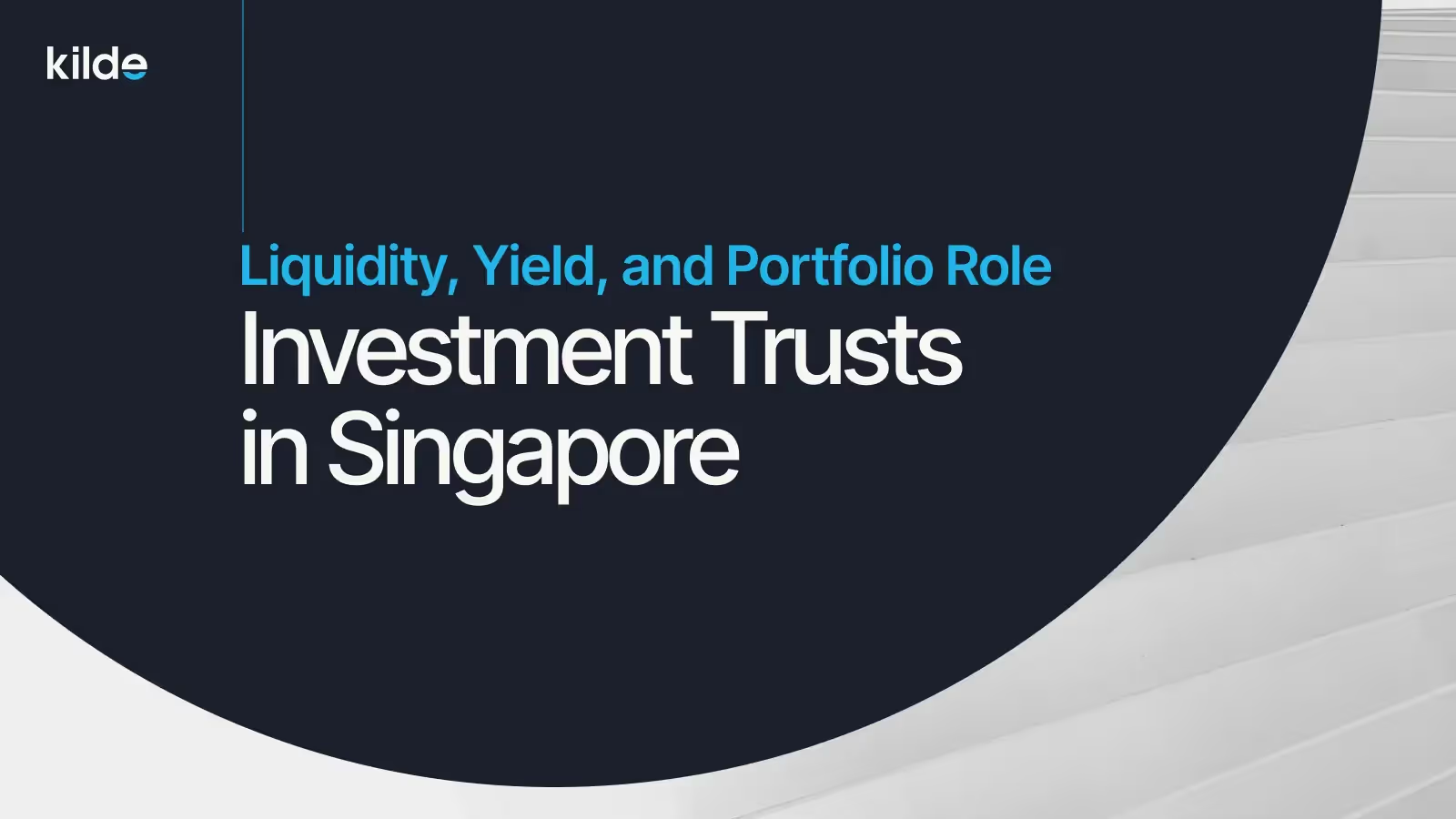1. With the recent market turbulence (stock and bond markets), do you see more Singapore investors allocating more capital to alternative assets? What are the reasons behind alternative allocations?
Indeed the market turbulence caused by the abrupt turnaround from quantitative easing practised by major central banks to rising interest rates has shocked many unprepared investors. The rampant inflation preceding the policy shift made the usual safe haven strategies like holding cash or buying treasury bonds unsustainable.
Experienced investors who have witnessed previous market cycles have started exploring investment strategies encompassing alternative assets already for several years. That helped them to establish relationships with alternative assets brokerages, test the purchasing and selling mechanisms, as well as price discovery processes. Those investors are mostly sophisticated family offices with professional investment managers that are not restricted by fund mandates.
Singaporean investors love real estate investments in many shapes and forms. This underlines the fact that Singapore is the largest market for REIT ETF (Exchange Traded Funds) across Asia except for Japan, with a combined asset under management of S$800 million. Although real estate investments generally appreciate over time, we have witnessed a lot of volatility recently, both in commercial and residential properties.
By large, other alternative assets are omitted in Singaporean investment portfolios because of high minimum investment tickets, restricting investor qualification criteria, but also because most of the alternative assets are not yet ready for the mainstream investor.
2. Do alternative assets offer more compelling yield or return compared to traditional assets like stock and fixed income? What are the most sought after alternative assets? Hope you can provide some data to support the statement.
I am afraid I must say the unloved phrase “it depends”. For example, S&P 500 index makes average returns of 8-12% per year. Unfortunately, it has happened only seven times since 1926, when the S&P 500 returns fell into the average. If you had excellent timing and invest in June 2020 to S&P 500 index and sold the investment before the end of 2021, the index investment would have returned roughly 30% per year with an average volatility of only about 5%. However, if you picked the wrong period, you could have lost a staggering 38% like in the 2008 stock market crash.
Bond investments are, in non-eventful times, less volatile, but the bond prices can go into free fall as well when central banks raise the interest rates, as is happening right now. The saving grace of bonds is that the investor can simply hold them up to maturity, ignoring the volatility. The wide availability of ETFs makes investments in bonds accessible to regular investors.
Nowadays, we are yet again in a market situation where both public stocks and bonds are moving downwards together. In times like these, alternative investments provide relief to the investment portfolio thanks to their returns being only weakly correlated to the public markets but still offering returns comparable to the average returns of the stock market.

Apart from the most popular alternative asset class - real estate, the most sought after alternative assets that are still accessible to individual investors are private equity, private debt, real assets, and in lesser extent hedge funds. The overall investment in alternative assets is more than US$10 trillion, which is roughly equivalent to the worth of all the world's gold reserves.

3. What are the challenges and outlook of alternative investment going forward? Will this be a good fit for long term investors?
Each type of alternative investments faces their own challenges. Nevertheless, the common denominator of the challenges are the necessity to understand the specifics of each asset class and a lack of liquidity when the investor want to redeem the investment early. The easier way to invest into alternatives is through a fund or a specialised investment platform.
Apart from REITs, there are only a handful of funds that specialise in the other alternative assets and those funds have high minimum commitments and management fees. Therefore, their accessibility to regular investors is limited.
Alternative investment platforms offer direct access to ownership of the assets leveraging fractional ownership and tokenisation technology. Private equity has been the most common non-real estate alternative asset class, letting investors to buy Pre-IPO stocks or even stock options from technology startup employees. Fractional bond ownership is an emerging phenomenon with a number of platforms offering to buy a small portion of a publicly traded bonds. Direct lending opportunities are represented in Singapore by small business lending platforms, where investors pool funds to issue a loan to a small business.
Relatively least risky lending opportunities are those where the investors’ credit exposure is against a large company and / or a large pool of assets. Among those opportunities are invoice discounting, insurance claims financing, or as we do at Kilde, lending against a collateralized pool of consumer and SME loans.
Alternative assets have various level of risk, maturity, and return. Real estate, equity and real assets investment are suitable to patient long term investors. Direct lending investments could be considered for a short (6 months) to mid-term (up to 3 years) tenures.
4. What kind of asset allocation strategy would you recommend amid market volatility?
There is a paradigm shift ongoing amongst financial advisors from the classical 60/40 equity and bonds allocations to more diverse strategies. The reduction in public bonds allocation was caused by low performance of government bonds in the low-interest rate environment and worries about credit risk in the world still recovering from COVID and troubled by wars and supply chain disruptions.
The most notable proposals are 60/30/10 allocations where alternative investments represent the 10% of the portfolio at the expense. It is best to choose alternatives whose performance is independent on price movements in stocks and bonds, provide regular income or highly certain price appreciation in the future.








.avif)





